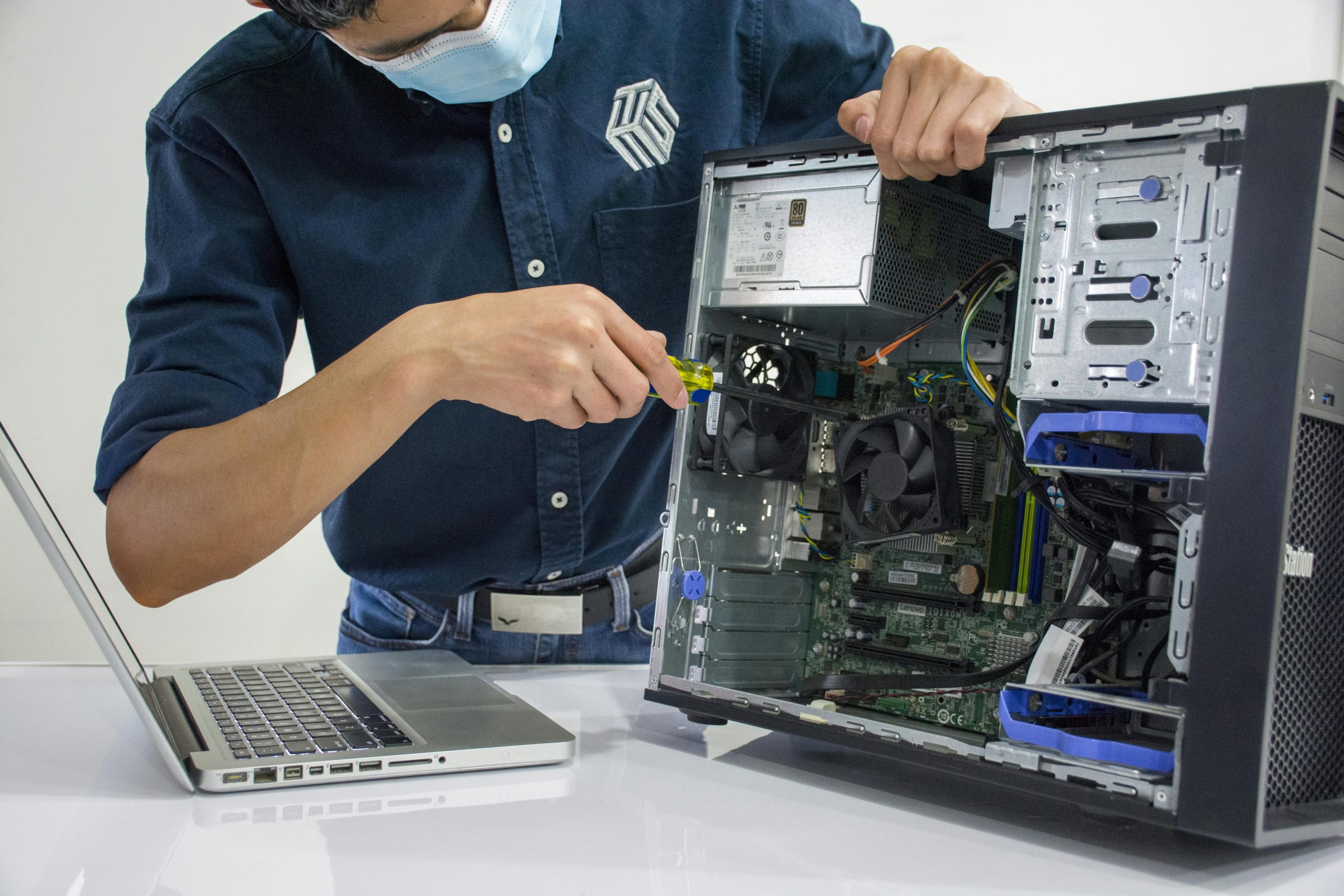Troubleshooting Windows 11 Installation Issues: A Comprehensive Guide
Introduction
Reinstalling an operating system can be a daunting task, especially when unexpected issues arise during the process. The excitement of giving your PC a fresh start can quickly turn into frustration when things go awry. This blog post will delve into common issues users might face when reinstalling Windows 11, specifically focusing on what to do if your PC shuts off during installation. We’ll explore potential causes, step-by-step troubleshooting tips, and preventive measures to ensure a smooth installation process.
Understanding Windows Installation
Reinstalling Windows is often required for various reasons such as system performance issues, malware infections, or simply decluttering the system. The process usually involves backing up data, wiping the hard drive, and installing the operating system from scratch. For most users, the installation of Windows 11 is straightforward, but complications can occur, as in the case of a PC turning off unexpectedly during the installation.
Potential Causes for Installation Shutdown
Several factors could cause your PC to shut off suddenly during a Windows 11 installation, including:
- Power Supply Issues: An unstable power supply could cause your system to turn off unexpectedly.
- Overheating: A computer can shut down to protect itself from overheating.
- Hardware Failures: Malfunctioning hardware components like RAM or a failing hard drive can cause the system to crash.
- Software Conflicts: Incomplete downloads or corrupted installation files might lead to an installation halt.
- BIOS/UEFI Settings: Incorrect settings can result in hardware incompatibilities that affect the installation.
Troubleshooting Steps
If you find yourself in a situation where your computer has shut down during a Windows 11 installation, here’s a detailed guide on what to do next:
1. Ensure a Stable Power Supply
Check the physical connection of your power supply to ensure it’s secure. If using a laptop, ensure the battery is charged or connected to a power source.
- Power Surge Protectors: Using an uninterruptible power supply (UPS) can help protect against power surges and outages during installation.
2. Check for Overheating
Overheating can cause your PC to shut down to prevent damage. Make sure your computer is well-ventilated, and check the fans and heat sinks for dust accumulation.
- Thermal Paste: If you’re comfortable with hardware maintenance, checking and reapplying thermal paste on the CPU can also help manage heat.
3. Verify Hardware Components
Ensuring that hardware components are functioning properly is crucial, as faulty RAM or hard drives can lead to shutdowns.
- RAM: Run diagnostic tests such as Windows Memory Diagnostic Tool to check for problems.
- Hard Drive: Use tools like CHKDSK to check for any defects in the hard drive.
4. Re-evaluate UEFI/BIOS Settings
Access your PC’s BIOS/UEFI firmware settings to check configurations:
- Settings: Ensure settings relevant to boot orders and virtualization support (if needed) are correctly enabled.
- Updates: Check if your BIOS/UEFI needs updating, as this can sometimes resolve hardware compatibility issues.
5. Repair Windows Installation
Use the Windows installation media creation tool to create a new installation disk:
- Create Media: On another working PC with internet access, download the tool from Microsoft’s official website and create a bootable USB or DVD.
- Repair Utility: Boot from this media to access repair options without proceeding to a full installation.
6. Clean Installation
If all else fails, a clean installation might be necessary:
- Data Recovery: If possible, connect the hard drive to another computer to recover essential files before proceeding.
- Format and Install: Use the installation media to format the existing partitions and proceed with a fresh installation.
Preventive Measures
Backup Crucial Data
Before making substantial changes to your operating system, ensure that all crucial data is backed up on an external drive or cloud storage.
Verify Software and Hardware Compatibility
Make sure both hardware and installed software are compatible with Windows 11 requirements before starting installation processes. This can prevent shutdowns related to incompatibility.
Regular Maintenance
Conduct regular maintenance on your PC’s hardware. This includes cleaning dust from fans and vents, checking connections, and running system diagnostics to catch problems before they cause failure during critical processes like OS installations.
Conclusion
While a sudden shutdown during a Windows 11 installation is frustrating, it’s a navigable issue with methodical troubleshooting. Understanding the causes of installation issues, employing strategic troubleshooting techniques, and adopting preventive measures can safeguard against future occurrences. By following this guide, you should be well-equipped to address the problem and successfully complete your Windows 11 installation, giving your PC the fresh start it deserves.
If you continue to face issues, don’t hesitate to seek professional support to prevent further complications. Windows installations can be complex, but with the right tools and knowledge, you’re on your way to a smooth OS experience.
Share this content:



Response to TRIED REINSTALLING WINDOWS, PC SHUTS OFF WHILST DOING IT
It sounds like you’ve encountered a frustrating issue during your Windows 11 installation. From what you’ve described, this can often stem from a range of hardware or software problems, so let’s tackle it step by step.
Check Power Supply
I recommend starting with the power supply. If you’re using a desktop, ensure that the PSU (Power Supply Unit) is working adequately. You might want to test with a different power supply if you have access to one. On laptops, check the power adapter and battery health. If possible, try running it directly from the wall outlet.
Inspect for Overheating
Overheating is indeed a common issue. If your PC shuts off under load, make sure the cooling system is functioning properly. It might be worth checking the CPU cooler; sometimes dust can build up and affect performance. Consider monitoring the CPU temperature with software such as HWMonitor or Core Temp during the installation process.
Run Hardware Diagnostics
Have you run any hardware diagnostics yet? Windows Memory Diagnostic can help check for RAM issues, and manufacturers like Seagate or Western Digital provide tools to assess HDD/SSD health. Bad hardware can often be the root of unexpected shutdowns.
BIOS Settings Review
Thank you for sharing your experience. A PC shutting down during Windows reinstallation can be caused by several hardware or power-related issues. Here are some targeted steps to help troubleshoot and resolve this problem: